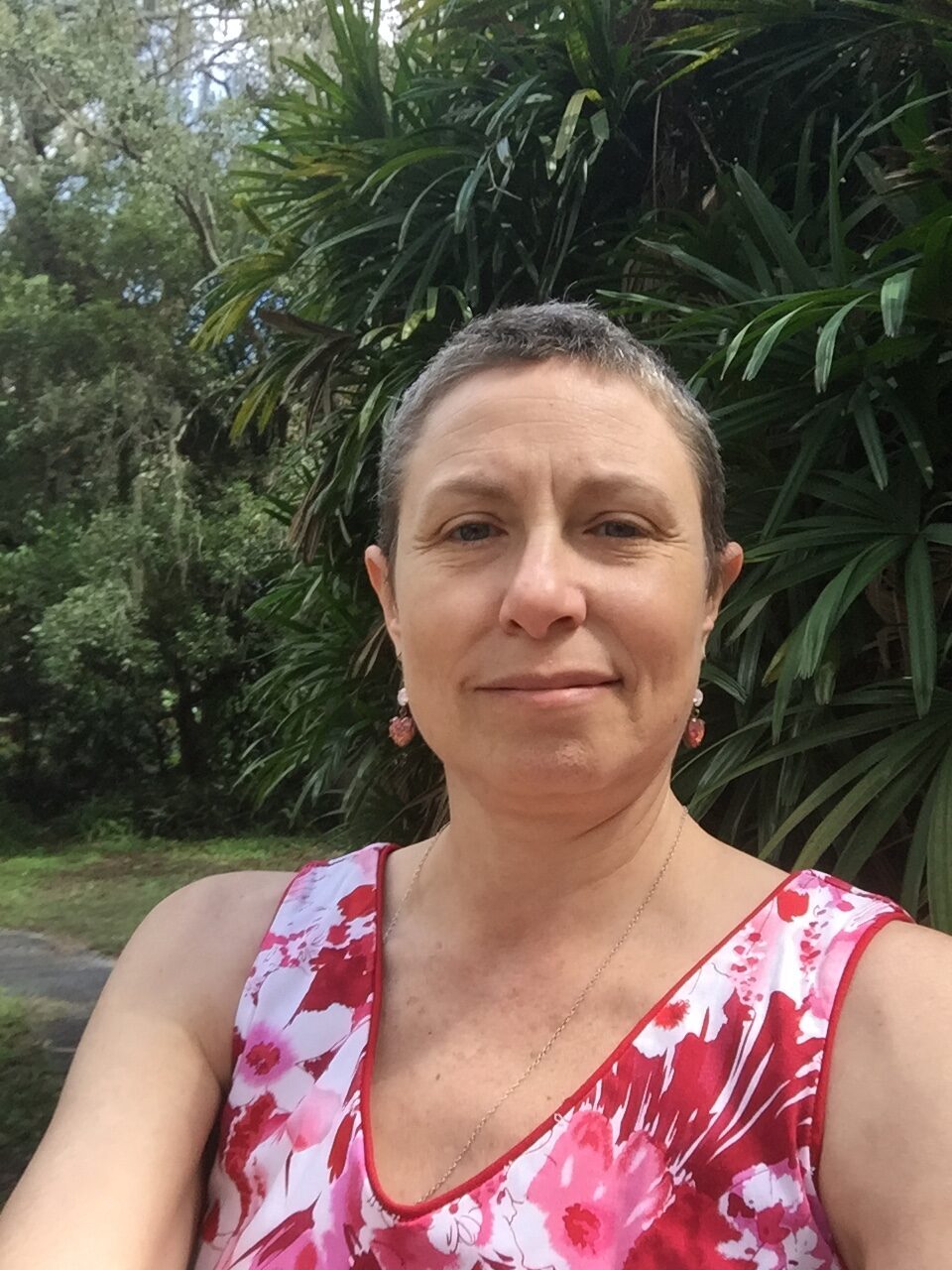Chapter 8 Challenging Racial Disparities in and through Public Health Campaigns: The Advocacy of Social Justice
Jennifer Helene Maher
What is the most important takeaway from your chapter?
Although global and national public health campaigns have significantly improved quality of life and even saved millions of lives, the broad, generalized construction of the public as audience in many of these campaigns too often ignores social disparities. Not only does the failure to take into account these disparities stand to erase those very audiences that are often most in need of the health campaign messaging but also contributes to the perpetuation of systemic conditions that create inequality. Only through an intersectional approach that foregrounds the local can public health campaigns foster equity in health literacy and thereby help those in those communities that are too often most at risk.
If you were making discussion questions for students (advanced undergraduates or early graduate students) to go along with your chapter, what would they be?
- How is audience constructed in the national Back to Sleep campaign? Start by using the example of the “Parents’ Alert” on pg. 48 of Parents Picks: It Worked For Me.
- Compare the Back to Sleep campaign to other national health campaigns. What similarities and differences do you see in the rhetorical strategies used?
- Analyze the SLEEP SAFE campaign materials located at Baltimore City’s B’more for Healthy Babies website. How do these materials employ provide an even greater degree of intersectionality than discussed in the chapter?
- Public health campaigns seek to increase health literacy. How does the concept of “public” have to be conceived in order to ensure that communities that experience health disparities aren’t ignored or erased?
- What strategies should be employed in creating a health campaign that starts with and foregrounds an intersectional, locally-oriented approach?
- What are the challenges to an intersectional approach in health literacy?
What questions do you feel your chapter leaves un-examined or where would you go with it next?
There’s actually a more complex, intersectional approach materialized in Baltimore City’s SLEEP SAFE campaign than my chapter conveys. And recent updates and additions to some of the materials provided by the city via the B’More for Healthy Babies website illustrates the kind of dynamic process needed to make this kind of campaign work. That’s where I’d like to go next with this.
Is there anything that you want those new to the field to know about RHM?
I’m new to the field myself so I dare not answer this. 😉

